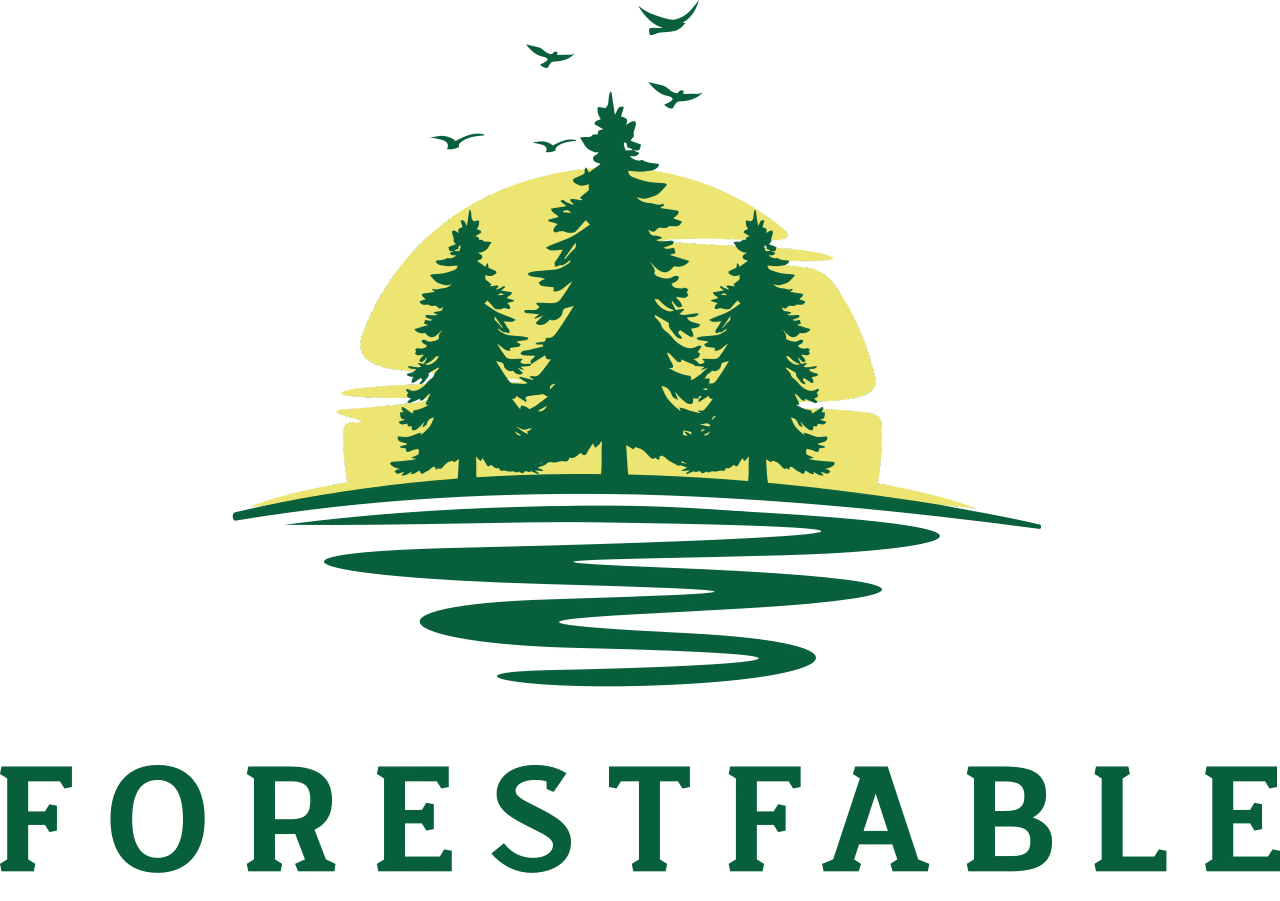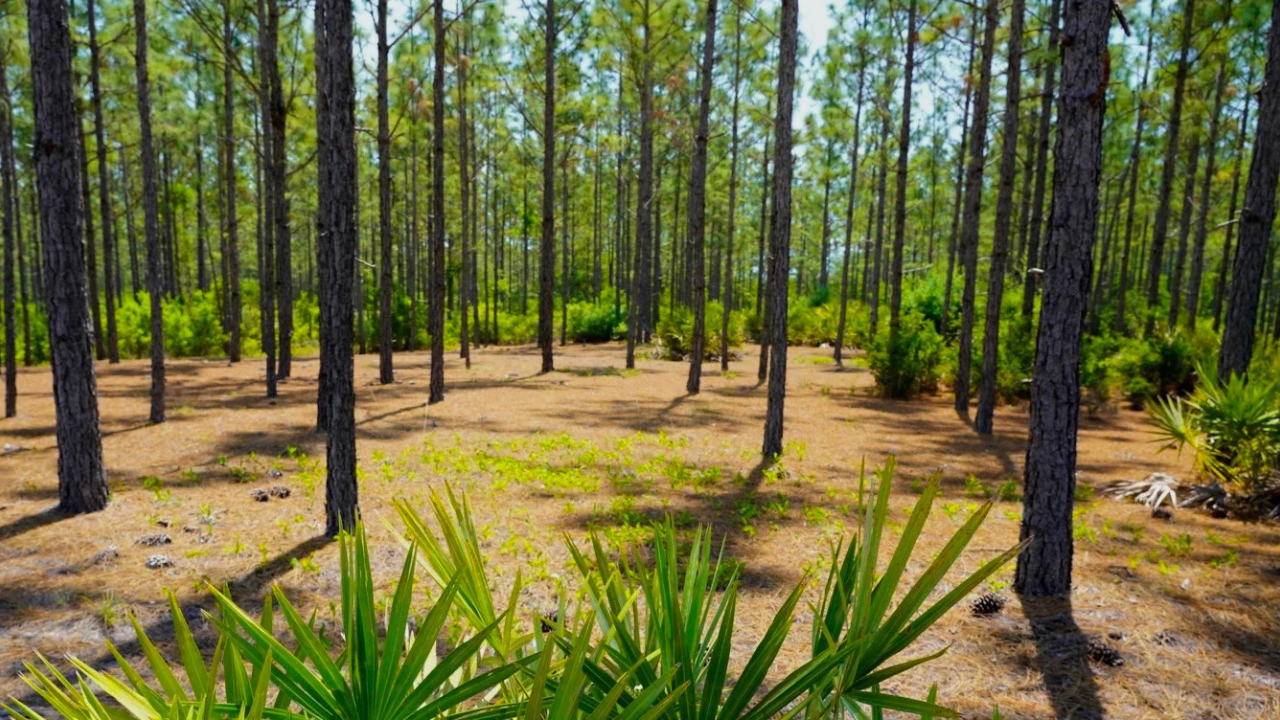Georgia’s lush landscapes and fertile soils have long made it a powerhouse in the forestry industry, with pine trees—particularly the loblolly pine—serving as a cornerstone of its economic and ecological legacy. Among the innovative initiatives transforming the state’s agricultural and forestry sectors is the American Forest Foundation’s (AFF) Field to Forest program. This pilot carbon practice offers Georgia landowners a unique opportunity to convert marginally productive pastures and croplands into thriving loblolly pine forests, creating new revenue streams while contributing to environmental sustainability. In this comprehensive guide, we explore the Field to Forest program, its benefits for landowners, its ecological impact, and why investing in traditional Georgia pine through this initiative is a forward-thinking choice for both financial and environmental returns.
The Legacy of Georgia Pine
Georgia is the nation’s leading state in timber production, with over 22 million acres of commercially available private timberland. The loblolly pine (Pinus taeda), a fast-growing native species, is the backbone of this industry, prized for its versatility in producing lumber, pulp, and paper. Its rapid growth—up to 2 feet per year—and adaptability to Georgia’s diverse soils and climate make it an ideal candidate for commercial forestry. Beyond its economic value, loblolly pine forests support rich ecosystems, providing habitat for wildlife like white-tailed deer, wild turkey, and songbirds, while acting as efficient carbon sinks.
However, many family-owned lands in Georgia—87% of the state’s farms and pastures—are underutilized or difficult to manage due to aging landowners, labor-intensive farming, or declining agricultural productivity. The Field to Forest program addresses these challenges by offering a low-maintenance, long-term investment opportunity that transforms fields into forests, leveraging the power of loblolly pine to create both financial and ecological value.
What is Field to Forest?
Launched as a pilot in 2023, Field to Forest is part of AFF’s Family Forest Carbon Program, designed to support family landowners in Georgia by planting regional-specific loblolly pine seedlings on marginally productive or difficult-to-manage pastures and croplands. The program targets landowners with at least 40 acres of eligible land, though smaller parcels can be bundled with neighboring properties to meet this threshold. By enrolling, landowners receive guaranteed annual payments, professional forestry support, and the opportunity to profit from timber harvests, all while contributing to carbon sequestration and wildlife habitat restoration.
The program operates on a 30-year contract, during which AFF covers all costs associated with site preparation, seedling planting, and post-planting maintenance. Landowners retain full ownership and access to their land, with the flexibility to use it for activities like hunting leases, while AFF leases only the carbon rights to ensure the trees remain part of the carbon market. Since its inception, Field to Forest has planted 300,000 trees across Georgia and aims to enroll 5,000 acres to plant over 3 million trees.
Financial Benefits for Landowners
Field to Forest offers a compelling financial model for Georgia landowners, particularly those looking to retire from active farming or reduce land management responsibilities. Here’s how it delivers value:
1. Guaranteed Annual Payments
Enrolled landowners receive $30 per acre annually for the duration of the 30-year contract, providing a steady, low-maintenance income stream. This payment is particularly attractive for landowners with underproductive land, as it requires minimal effort compared to traditional farming or livestock management.
2. Profit from Timber Harvests
Loblolly pine is a high-value timber species, and Field to Forest allows landowners to keep all profits from approved thinnings (typically at the halfway point) and final harvests after the contract ends. Thinnings not only generate income but also promote healthier tree growth, increasing the value of the remaining stand. The program’s focus on advanced genetics and optimal planting densities (450-500 trees per acre) ensures high timber yields, with potential for both pulpwood and sawtimber production.
3. Cost-Free Implementation
AFF covers all upfront costs, including site preparation (mechanical or herbicide treatments), seedling procurement, and planting by professional contractors. This eliminates financial barriers for landowners, making the transition to forestry accessible even for those with limited resources.
4. Long-Term Asset Growth
By converting fields into loblolly pine forests, landowners create a valuable asset that can be passed down to future generations. The program’s 30-year horizon aligns with the growth cycle of loblolly pine, which reaches merchantable size in 20-30 years, offering significant returns at harvest. Additionally, the land’s ecological value enhances its appeal for recreational uses like hunting, further diversifying income potential.
5. Flexibility for Smaller Landowners
For landowners with less than 40 acres, Field to Forest offers a bundling option, allowing neighboring properties to combine their acreage to meet the minimum requirement. This inclusive approach ensures that even small-scale landowners can participate and benefit.
Ecological and Social Impact
Beyond financial incentives, Field to Forest delivers significant environmental and community benefits, aligning with global priorities for climate action and biodiversity conservation.
1. Carbon Sequestration
Loblolly pines are among the most effective carbon-storing trees in the United States due to their fast growth and adaptability. By converting agricultural land into forests, Field to Forest contributes to carbon sequestration, helping mitigate climate change. The program’s integration with the voluntary carbon market allows landowners to monetize their carbon credits without managing complex market dynamics themselves.
2. Wildlife Habitat Restoration
Loblolly pine forests provide critical habitat for Georgia’s wildlife, including game species like white-tailed deer, wild turkey, and quail, as well as songbirds and nesting sites for osprey and eagles. Unlike dense monoculture plantations, Field to Forest emphasizes sustainable management practices that enhance biodiversity, creating healthier ecosystems for both flora and fauna.
3. Land Preservation
With over 40% of Georgia landowners aged 65 or older, many face difficult decisions about the future of their land. Without viable options, these properties risk being sold for development, leading to habitat loss and fragmentation. Field to Forest offers a sustainable alternative, enabling families to retain their land while generating income and preserving its ecological value for future generations.
4. Community Empowerment
By working with local foresters and contractors, Field to Forest supports rural economies and fosters community engagement. The program’s outreach efforts, led by advocates like Felicia Burke of the Southwest Georgia Project, focus on connecting underserved landowners with these opportunities, ensuring equitable access to its benefits.
How Field to Forest Works
The Field to Forest process is designed to be seamless for landowners, with AFF handling the technical and logistical details. Here’s a step-by-step overview:
- Eligibility Assessment: Landowners with 40+ acres of pasture or cropland (unforested for at least 10 years) contact AFF to confirm eligibility. Smaller parcels can be bundled with neighboring properties.
- Forester Consultation: A professional forester walks the land to assess its suitability and develop a customized planting plan, considering soil type, drainage, and regional conditions.
- Site Preparation: In late summer or fall, AFF contractors perform site preparation, which may include herbicide treatments or mechanical clearing to ensure optimal seedling survival.
- Planting: In winter, region-specific loblolly pine seedlings are planted by professional crews, with AFF covering all costs.
- Maintenance and Payments: AFF oversees post-planting maintenance to ensure seedling survival. Landowners receive their first $30/acre payment upon signing the agreement, with annual payments continuing for 30 years.
- Thinning and Harvesting: Landowners can opt for thinnings around year 15 to generate additional income, retaining all profits. After the contract ends, they can harvest the mature forest or continue managing it for long-term returns.
Success Stories: Landowners Thriving with Field to Forest
The program’s impact is best illustrated through the stories of Georgia landowners who have embraced Field to Forest.
- Wade Rabun: A lifelong farmer in Warren County, Rabun transitioned his land from cattle and peanuts to loblolly pine forests. He values the program’s low-maintenance income and the legacy it creates for his children. “The trees will take care of the land,” he says, noting that the guaranteed payments and reduced workload make it a “win-win.” Rabun has even encouraged neighbors to enroll, spreading the program’s benefits across his community.
- Mitch Cliett: Cliett, who grew up hunting on his 134-acre property, enrolled his fields to maintain its health while creating memories with his children. By bundling his land with others, he accessed Field to Forest despite not meeting the 40-acre minimum. The program’s income and stewardship support have allowed him to preserve his land’s wildlife habitat while generating profit.
These stories highlight how Field to Forest empowers landowners to balance financial goals with environmental stewardship, creating lasting legacies for their families and communities.
Challenges and Considerations
While Field to Forest offers significant benefits, landowners should consider the following:
- Long-Term Commitment: The 30-year contract requires a long-term vision, which may not suit those planning to sell their land soon. However, the agreement “runs with the land,” meaning future owners can take over the contract.
- Initial Skepticism: Some landowners, particularly older farmers, may be wary of external programs due to past experiences or concerns about committing large acreage. AFF addresses this through transparent communication and community outreach.
- Market Fluctuations: Timber prices can vary, affecting profits from thinnings and harvests. However, the guaranteed annual payments provide a stable income buffer.
- Land Use Restrictions: While landowners retain most land uses, they cannot enroll in other carbon payment programs during the contract term.
Why Invest in Georgia Pine Now?
Georgia’s forestry industry is a global leader, with a $3.9 billion export market and a commitment to sustainable management. The Field to Forest program aligns with this legacy by offering landowners a low-risk, high-reward opportunity to capitalize on the state’s ideal growing conditions and robust timber market. As demand for carbon offsets and sustainable timber grows, investing in loblolly pine through this program positions landowners at the forefront of an evolving market.
Moreover, the program’s focus on family landowners addresses a critical need in Georgia, where aging farmers face challenges in maintaining their land. By providing financial security, technical expertise, and ecological benefits, Field to Forest ensures that Georgia’s pine forests remain a vital resource for generations to come.
How to Get Started
Georgia landowners interested in Field to Forest can visit familyforestcarbon.org/fieldtoforest to learn more and apply. Enrollment is open until June 30, 2025, for those with 40+ acres of eligible land. For smaller parcels, contact AFF to explore bundling options. Email tyoung@forestfoundation.org or reach out to AFF’s team for personalized guidance.
Conclusion
Field to Forest represents a transformative approach to investing in traditional Georgia pine, blending financial opportunity with environmental stewardship. By converting underused fields into vibrant loblolly pine forests, landowners can secure guaranteed income, profit from timber, and contribute to carbon sequestration and wildlife conservation. With AFF’s comprehensive support and Georgia’s rich forestry heritage, this program offers a sustainable path forward for family landowners. Whether you’re a farmer looking to retire, a steward seeking to preserve your land, or an investor eyeing long-term returns, Field to Forest is a new way to grow wealth and legacy in the heart of Georgia’s pine country.




